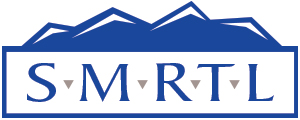SMRTL tests for a broad range of banned substances using urine and blood. The most common banned substances in sports include:
The test panels used by individual sports authorities vary with the type of competition and drug policy. For example, the US Anti-Doping Agency (USADA) conducts In-Competition and Out-of-Competition testing to detect banned substances in athletes under the WADA Code. The professional sports leagues, colleges and high schools use test panels customized to their individual anti-doping policies. For example, the NCAA oversees its own Championships and Year Round drug testing program administered by the National Center for Drug Free Sport.
SMRTL’s uses specialized techniques for detecting substances not readily detected through the standard testing process. The lab’s specialty tests include:
Please reference your individual program’s testing requirements to determine appropriate testing or contact SMRTL for consultative services.
World Anti-Doping Association’s list of prohibited substances View List »
